insulating our 100 year old house
farmgirlinky
12 years ago
Related Stories
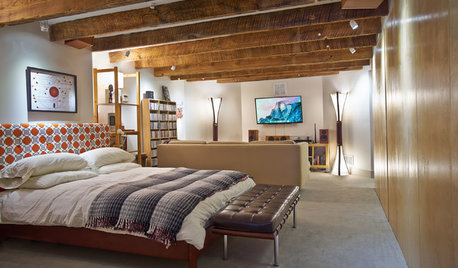
BASEMENTSRoom of the Day: Swank Basement Redo for a 100-Year-Old Row House
A downtown Knoxville basement goes from low-ceilinged cave to welcoming guest retreat
Full Story
GREEN BUILDINGEcofriendly Cool: Insulate With Wool, Cork, Old Denim and More
Learn about the pros and cons of healthier alternatives to fiberglass and foam, and when to consider an insulation switch
Full Story
MATERIALSInsulation Basics: What to Know About Spray Foam
Learn what exactly spray foam is, the pros and cons of using it and why you shouldn’t mess around with installation
Full Story
REMODELING GUIDESCool Your House (and Costs) With the Right Insulation
Insulation offers one of the best paybacks on your investment in your house. Here are some types to discuss with your contractor
Full Story
GREEN BUILDINGInsulation Basics: Designing for Temperature Extremes in Any Season
Stay comfy during unpredictable weather — and prevent unexpected bills — by efficiently insulating and shading your home
Full Story
UNIVERSAL DESIGNMy Houzz: Universal Design Helps an 8-Year-Old Feel at Home
An innovative sensory room, wide doors and hallways, and other thoughtful design moves make this Canadian home work for the whole family
Full Story
MODERN HOMESHouzz Tour: 800-Year-Old Walls, Modern Interiors in Provence
Old architecture and new additions mix beautifully in a luxurious renovated vacation home
Full Story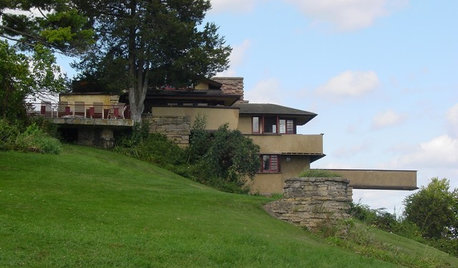
HISTORIC HOMESTaliesin Celebrates a Landmark Day
This Wisconsin studio and retreat built by Frank Lloyd Wright in 1911 was where he designed many of his architectural masterpieces
Full Story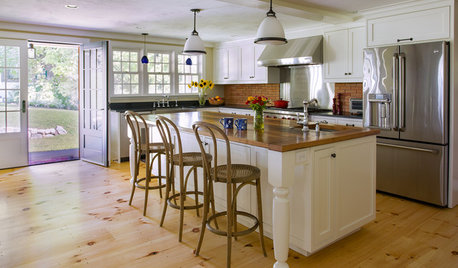
HOUZZ TOURSHouzz Tour: A 300-Year-Old Home Adapts to a Modern Family of 7
A new addition adds much-needed square footage to a 1750s home in Massachusetts
Full Story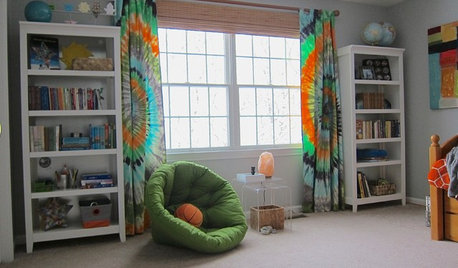
KIDS’ SPACESThis Designer’s Client Was Her 10-Year-Old Son
What do you give a boy with a too-babyish bedroom when he’s approaching double digits? See for yourself
Full Story







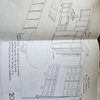
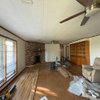
brickeyee
worthy
Related Professionals
Bloomington Kitchen & Bathroom Designers · Buffalo Kitchen & Bathroom Designers · Newington Kitchen & Bathroom Designers · Oxon Hill Kitchen & Bathroom Remodelers · Portage Kitchen & Bathroom Remodelers · Charleston Interior Designers & Decorators · Tahoe City Interior Designers & Decorators · Arlington General Contractors · Aberdeen General Contractors · Canandaigua General Contractors · Hillsboro General Contractors · Los Alamitos General Contractors · Tuckahoe General Contractors · Valle Vista General Contractors · Vincennes General ContractorsWindows on Washington Ltd
farmgirlinkyOriginal Author
Billl
farmgirlinkyOriginal Author
Billl
farmgirlinkyOriginal Author
Windows on Washington Ltd
worthy
Windows on Washington Ltd
farmgirlinkyOriginal Author
worthy
brickeyee
worthy